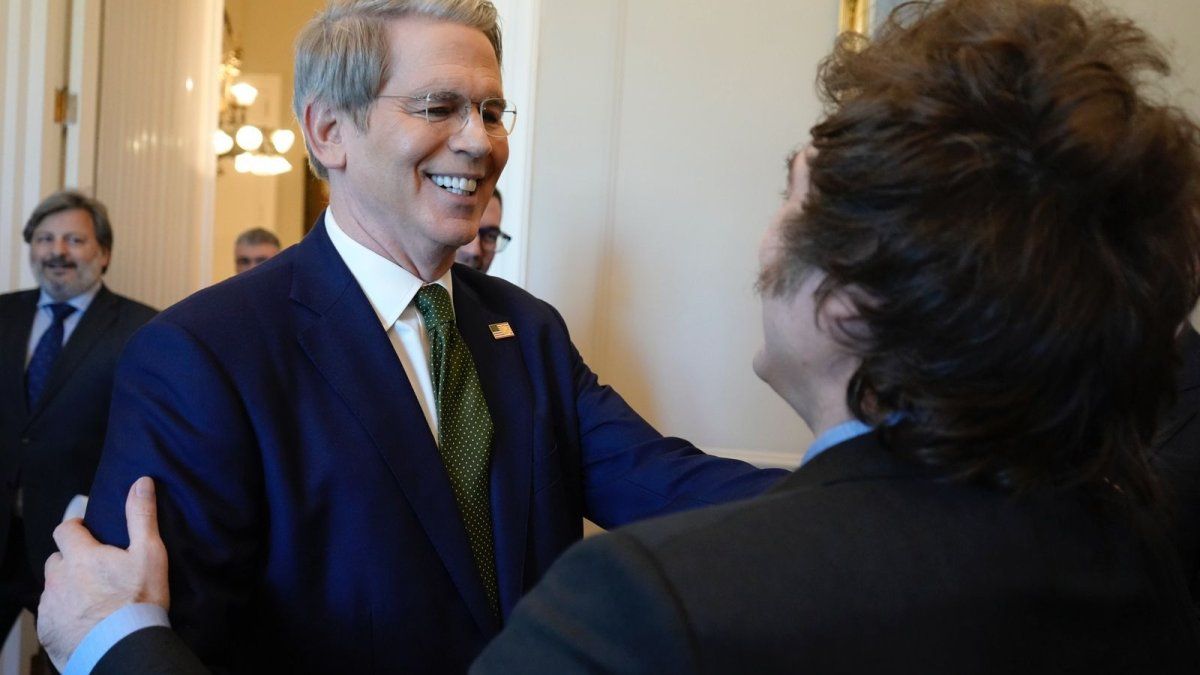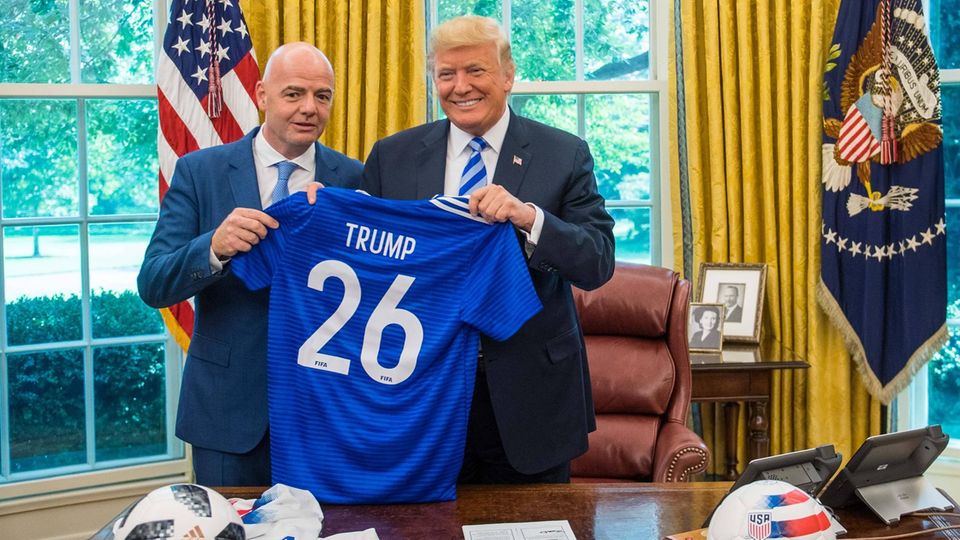Starting Sunday, aid workers plan to vaccinate around 640,000 children in the Gaza Strip against the highly contagious virus. There will be breaks in fighting in the war zone for the polio vaccination campaign.
In the Gaza Strip, preparations for a mass vaccination of children against the polio virus are in full swing. According to the World Health Organization (WHO), all sides have made “provisional commitments to so-called area-specific humanitarian pauses.” This refers to limited ceasefires. After the first case of polio in 25 years was recently reported in the Gaza Strip, the vaccination campaign is intended to prevent a massive outbreak of the highly contagious disease.
The program is set to start on Sunday. Operations are planned from 6 a.m. to early afternoon, said Rik Peeperkorn, WHO representative for the Palestinian territories. A total of 640,000 children under the age of ten are to be vaccinated. They will need two doses of the vaccine, four weeks apart.
“We call on all parties to stop fighting to allow children and families safe access to health facilities and to give our staff the opportunity to reach children who do not have access to health facilities,” said Peeperkorn. According to the United Nations, Israel agreed to daily ceasefires for the vaccination campaign. However, the Israeli government itself has not yet commented on this when asked.
Netanyahu: Fighting pauses are “not a ceasefire”
In the past, the Israeli military has announced several “tactical pauses” in its activities in areas of the Gaza Strip, usually to allow more aid deliveries. The last, temporally and spatially limited pauses of this kind took place in June in the south of the coastal area.
According to media reports, Israeli Prime Minister Benjamin Netanyahu stressed that the planned pause in fighting was “not a ceasefire.” There was one in November last year as part of a deal between the Israeli government and Hamas. During this week-long ceasefire, around 100 hostages were released in exchange for 240 Palestinian prisoners.
Almost 2200 helpers trained for vaccination campaign
The WHO said that almost 400 stations would be set up for the vaccination campaign. In addition, almost 300 mobile teams would be deployed to reach the children. Almost 2,200 helpers had been trained to administer the vaccine.
Vaccinations will be carried out in zones, first in the central Gaza Strip, then in the south, and then in the north. Each zone will require three days. “Due to the insecurity, damage to roads and infrastructure, and population movements, it is unlikely that three days in each area will be enough to achieve adequate coverage,” warned WHO chief Tedros Adhanom Ghebreyesus in Geneva. However, there is agreement to extend the campaign by one day if not enough children have been vaccinated. According to Palestinian sources, people will be informed about the vaccination campaign by telephone and via social media.
Gaza Strip has been polio-free for 25 years
The WHO aims to reach more than 90 percent of children. Coverage is necessary to prevent the virus from spreading. In the past, people have always been willing to be vaccinated. The Gaza Strip has been polio-free for 25 years.
However, a case was recently discovered. According to the WHO, a ten-month-old baby from Deir al-Balah shows signs of paralysis in his left leg, but is in a stable condition.
Since the beginning of the war following the Hamas terrorist attack on the Israeli border area on October 7 last year, many babies in the Gaza Strip have not been able to be vaccinated. The poor hygienic conditions in the coastal strip, where many internally displaced people often have to endure in very small spaces and clean water is scarce, can contribute to the rapid spread of the disease, according to the WHO.
Pathogen infects the digestive tract
Polio is also called infantile paralysis because the pathogen was once so widespread that contact with it usually occurred in childhood. Young children were particularly affected by the paralysis typical of polio.
It is a so-called enterovirus that primarily infects the digestive tract. The highly contagious virus is usually spread via contaminated hands as a so-called smear infection, and in countries with inadequate hygiene standards also via contaminated water.
Only in about one in 200 cases does an infection lead to the irreversible paralysis typical of polio – and only in unvaccinated people. There is currently no cure.
According to the WHO, the worldwide vaccination campaigns initiated in 1988 have so far saved around 20 million people from paralysis and one and a half million from death. Before vaccinations were introduced, there were thousands of cases and hundreds of deaths every year in Germany alone. However, vaccination rates are now far too low in many places.
Source: Stern
I have been working in the news industry for over 6 years, first as a reporter and now as an editor. I have covered politics extensively, and my work has appeared in major newspapers and online news outlets around the world. In addition to my writing, I also contribute regularly to 24 Hours World.




